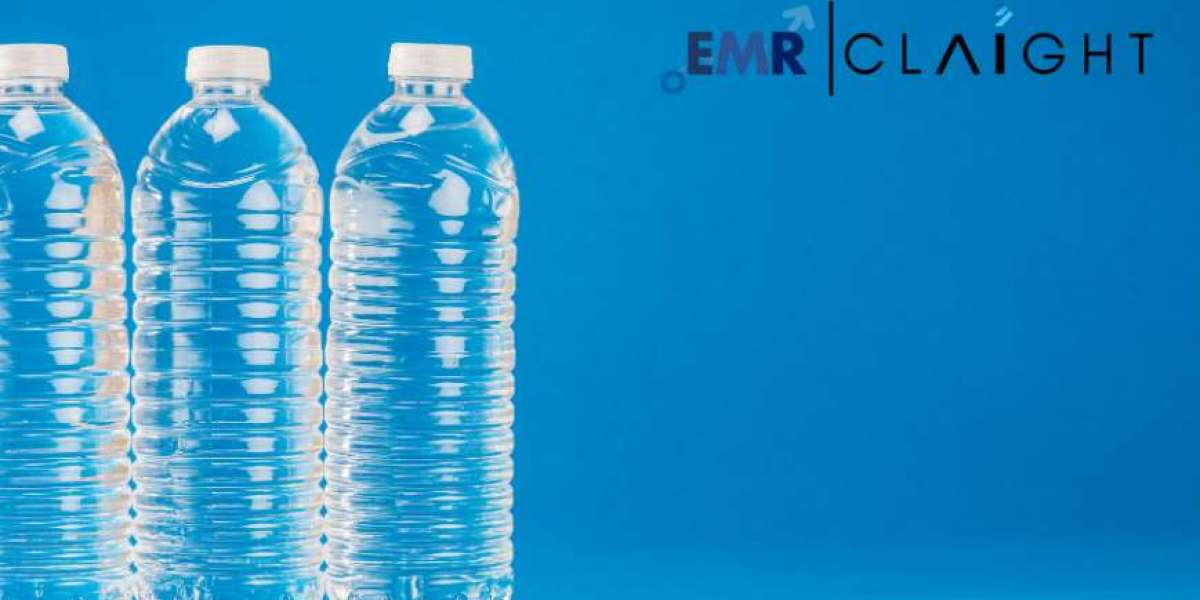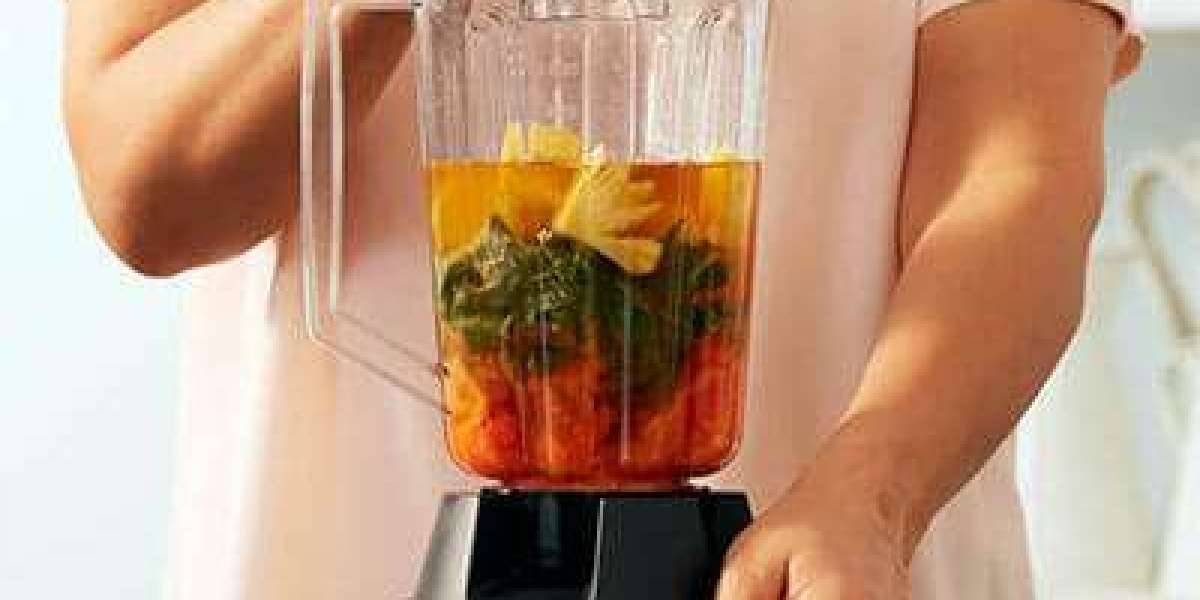The global PET bottles market has been on a steady growth trajectory, with a compound annual growth rate (CAGR) of approximately 1.8% from 2018 to 2023. The widespread adoption of PET bottles across various industries, particularly the food and beverages sector, has contributed to this positive market growth. This blog will delve into the key drivers, challenges, and opportunities in the PET bottles market, shedding light on the dynamics that are shaping its future.
What are PET Bottles?
PET bottles are plastic containers made from polyethylene terephthalate, a lightweight, durable, and highly transparent material. PET is prized for its high strength-to-weight ratio, resistance to impact, and the ability to retain the carbonation in beverages, making it a popular choice for packaging a wide range of products. These bottles are widely used in the packaging of food and beverages, particularly for carbonated drinks, juices, bottled water, and more. PET bottles also find applications in packaging household items, personal care products, and pharmaceuticals.
Key Factors Driving Growth in the PET Bottles Market
1. Surging Demand in the Food and Beverages Sector
The food and beverages industry is one of the primary drivers of growth in the PET bottles market. The demand for bottled drinks, such as water, carbonated soft drinks (CSDs), fruit juices, and alcoholic beverages, has been rising steadily across the globe. This is due to various factors, including the increasing popularity of bottled water and carbonated soft drinks as on-the-go hydration solutions.
Moreover, PET bottles offer several advantages over other packaging materials, including:
- High Transparency: PET provides excellent clarity, enhancing the visual appeal of packaged products.
- Good Stability and Durability: PET bottles are resistant to impact, which makes them ideal for transportation and storage.
- Barrier Properties: PET can act as an effective barrier to gases like oxygen and carbon dioxide, preserving the contents of the bottle, such as the fizz in soft drinks.
These qualities are driving the preference for PET bottles in the packaging of beverages. The growing trend of health-conscious consumers opting for bottled water, which is perceived as a safer and more convenient alternative to tap water, has further fueled the market demand for PET bottles.
2. Packaged Water Segment
Among various end-use sectors, the packaged water segment is expected to hold a significant share of the PET bottles market during the forecast period. This can be attributed to the rising demand for clean and safe drinking water, especially in regions facing water scarcity or contamination challenges. Additionally, increased awareness about the adverse effects of waterborne diseases has led to a greater emphasis on clean water, which is packaged in PET bottles.
The convenience of transporting and storing bottled water, combined with the growth of the infrastructure in emerging markets, is expected to propel the growth of this segment. Brands such as Aquafina and Kinley are leveraging attractive packaging and marketing strategies to expand their consumer base, further boosting the market for PET bottles.
3. Technological Advancements in PET Bottle Production
Technological advancements are also playing a crucial role in driving the growth of the PET bottles market. Innovations such as plasma-based coatings that improve the high-temperature resistance of PET bottles are enhancing the material's overall performance. This, in turn, is making PET bottles more versatile and appealing to various industries, including food, beverages, and personal care.
The increasing focus on sustainable manufacturing practices has also led to the development of bio-based PET bottles, which are more environmentally friendly. These bottles are made from renewable resources, providing a greener alternative to traditional PET, which is derived from petrochemicals.
4. Growth in Emerging Economies
Regions like Asia-Pacific are expected to witness substantial growth in the PET bottles market due to the rapid industrialization and urbanization of emerging economies such as India and China. These countries have seen a surge in demand for packaged beverages, including bottled water, soft drinks, and juices. Furthermore, rising disposable incomes, changing lifestyles, and growing urban populations are contributing to the increased consumption of bottled drinks.
Market Segmentation
The PET bottles market is broadly categorized into various segments based on factors like capacity, distribution channels, colour, technology, and end use.
1. By Capacity
- High Capacity: Used for large volume packaging like juices, oils, and household cleaning products.
- Medium Capacity: Common in beverage bottles, such as carbonated soft drinks and fruit juices.
- Low Capacity: Typically used for single-serve beverages and small food containers.
2. By Distribution Channel
- Business to Business (B2B): Involves sales to large corporations and industries, which use PET bottles for bulk packaging.
- Retail: PET bottles are sold directly to consumers through retail stores, supermarkets, and online platforms.
3. By Colour
- Transparent PET Bottles: These are most commonly used due to their high visibility and aesthetic appeal.
- Coloured PET Bottles: Often used for products that need protection from light or for brand differentiation.
4. By Technology
- Stretch Blow Moulding: Most commonly used for beverage packaging, allowing for lightweight bottles with high strength.
- Injection Moulding: Often used for the production of smaller plastic items, such as caps and containers.
- Extrusion Blow Moulding: Used for creating hollow plastic bottles with a high level of consistency.
- Thermoforming: Used to create thin-walled plastic bottles and containers for various uses.
5. By End-Use
- Packaged Water: Expected to dominate the market share.
- Carbonated Soft Drinks (CSDs): PET is highly preferred for packaging CSDs due to its ability to maintain carbonation.
- Food Bottles and Jars: For products like salad dressings, sauces, and condiments.
- Non-Food Bottles and Jars: Includes personal care products, cleaning agents, and pharmaceuticals.
- Fruit Juices, Beer, and Others: Other growing segments that rely on PET bottles for packaging.
Regional Analysis
1. Asia-Pacific
Asia-Pacific is expected to be the fastest-growing region in the PET bottles market. The rising demand for packaged beverages, coupled with significant growth in industries like personal care and food and beverages, is driving this expansion. Countries such as India, China, and Japan are witnessing an increase in consumer demand for bottled drinks, which is expected to further propel the market.
2. North America and Europe
In North America and Europe, the market for PET bottles is relatively mature, but steady demand is sustained due to the ongoing consumption of bottled water, carbonated beverages, and personal care products. Moreover, innovations in sustainable packaging are creating new growth opportunities in these regions.
3. Latin America and the Middle East & Africa
While the demand for PET bottles in Latin America and the Middle East & Africa is comparatively lower, these regions are gradually witnessing growth as the food and beverage industries continue to expand, particularly in countries like Brazil and South Africa.
Key Players in the PET Bottles Market
Some of the major players in the global PET bottles market include:
- Amcor plc
- Berry Global Inc.
- Container Corporation of Canada
- Alpla Werke Alwin Lehner GmbH & Co KG
- Graham Packaging Company
These companies are focusing on capacity expansions, technological advancements, and mergers and acquisitions to maintain their competitive edge in the market.
Challenges and Opportunities
Challenges
Environmental Concerns: The growing awareness about plastic waste and its environmental impact is a major challenge for the PET bottles market. However, advancements in recycling technologies and the development of bio-based PET bottles are helping to address these concerns.
Competition from Alternative Packaging Materials: The market faces competition from alternative packaging materials like glass, aluminum, and biodegradable plastics, which are increasingly being used for beverage packaging.
Opportunities
Sustainable Packaging: As consumer demand for sustainable products rises, there is a growing opportunity for manufacturers to innovate and develop eco-friendly PET bottles. The introduction of recyclable and bio-based PET offers an avenue for growth in the market.
Technological Advancements: Ongoing innovations in bottle designs and manufacturing technologies provide an opportunity for companies to enhance the functionality, appearance, and sustainability of PET bottles, which could drive further market expansion.
The global PET bottles market is set to witness continued growth due to the increasing demand from the food and beverages sector, particularly packaged water and carbonated soft drinks. Technological advancements, coupled with the growing preference for sustainable packaging, will drive innovation and open up new opportunities in the market. While challenges like environmental concerns and competition from alternative materials exist, they also present opportunities for companies to innovate and offer eco-friendly solutions. With increasing consumer demand for bottled products, the future of the PET bottles market looks promising across all regions.
Read More Reports:








